In the documentary ‘Try Harder!’, directed by Debbie Lum, education is both the protagonist and antagonist. Even if you are not from the United States of America, the plight and pangs of striving towards overachieving at academic tests are bound to be resonating. It is the universal appetite of finding the crème de la crème associations. The fear of missing out on that brings the unthinkably horrid possibility of being branded ‘average’. Or so it seems, at least, when we are at that age and junction where we feel our decisions would irreversibly affect the entirety of the rest of our lives.
Lum’s delightfully zany ‘Try Harder!’ focuses on the students of the Lowell High School in San Francisco. From the get-go, the school itself is presented as one of the prestigious institutes for young minds. The school has a high number of prolific Asian-American students. Lum traversed through the pool of students smoothly, perpetually enriching the film with each introduction. Each of those central students brings their own unique characteristics, quirks and aspirations to the documentary, even with their shared goal of finding a place in the Ivy-league colleges.
Also, Read – Writing with Fire [2021] Review: A well-told story of grass-root level Journalism
For the colleges like Stanford, UCLA, UC Berkeley, Brown and Cornell et cetera, are the proverbial mountains to be climbed, for these already high-achieving and driven students. The application processes of these institutes provide the necessary conflict in the narrative. You can see the students revere for these institutes in each interview snippets of the students. But, alongside the reverence, you also see the dread. The dread of rejection and failure. Colleges like Stanford has less than a 5% acceptance rate, so it is fair to say that the majority of the students would have their dreams shattered. The first step towards adulthood, one might add.
Director Debbie Lum is herself an alumnus of one of these institutes, Brown University. Even in her mostly fly-on-the-wall approach of shooting the film, she has incorporated dark humour underlining most of the footage of the students. She found a subtle way to incorporate her own voice in the proceedings too, without using her literal one. There is absurdism sprinkled over the materialistic but energetic rat race of the kids. There is, also, genuine empathy for the student that Lum has been able to create for the audience to reflect upon, even with the students having privileges that most kids of their age in the world would wager their life for.
Then there are the Asian-American facets that the film explores. As most of the students belong to that community, Lum nuancedly explores the challenges faced by an average kid with not-so-average intellect, in the Asian-American society. Showing the cultural contrast, without repeating clichés, ‘Try Harder!’ successfully avoids the pitfall of peddling in stereotypes. It also poses a question to society where we tend to picture an Asian student as being brilliant academically but not with enough real-life experiences.
One of the students in the documentary, Alvan, organically comes with the box metaphor, where he constantly feels the pressure of being inside a box. A box, where he is not allowed to step over the boundaries of academic excellence. The film intercuts Alvan’s anecdotes with his constant tendencies of breaking into a dance. He becomes one of the more charming protagonists for the film.
‘Try Harder!’ is immensely fast-paced. There are swift cuts and moments are juxtaposed with their often ironically partnering interview clips. The editing to create such a montage needs to be appreciated. The film’s pace mirrors the fast and stuffed lifestyle of those students. It makes the film quite an enjoyable watch as much as a provocative one.
Related to Try Harder! – 10 Best Educational Movies on Netflix
‘Try Harder!’ navigates through the seeming finality of rejections with the right amount of sympathy. Shea, a junior student, reflected as such. That if one does not get into these colleges, then their lives seem to come to standstill. There is enough proof in the film to contradict that, and rightly so, but it also provides a sympathetic ear to the pain and fear of rejection. For all of us must have had moments where crushing reality has trodden over dreams, and with sympathetic ears, we managed to find life still exists on the other side.

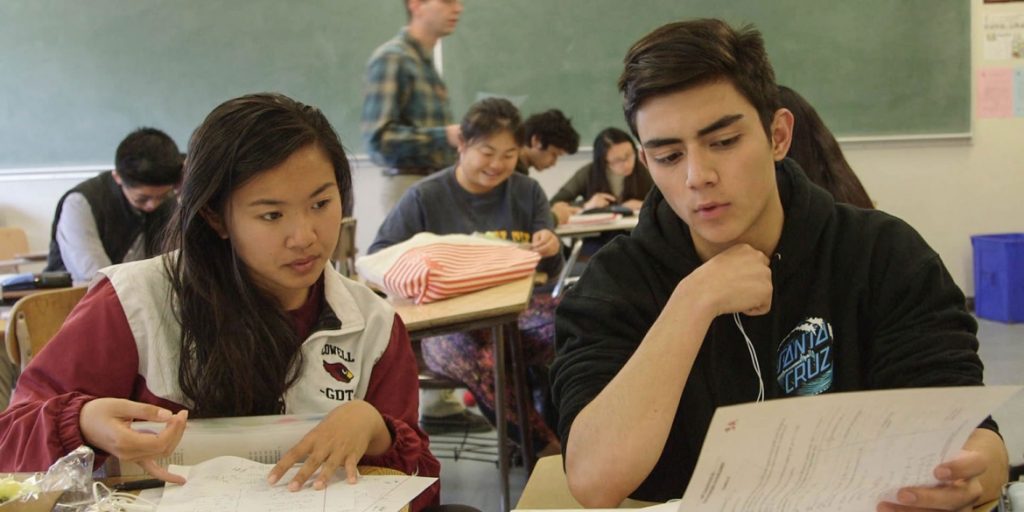
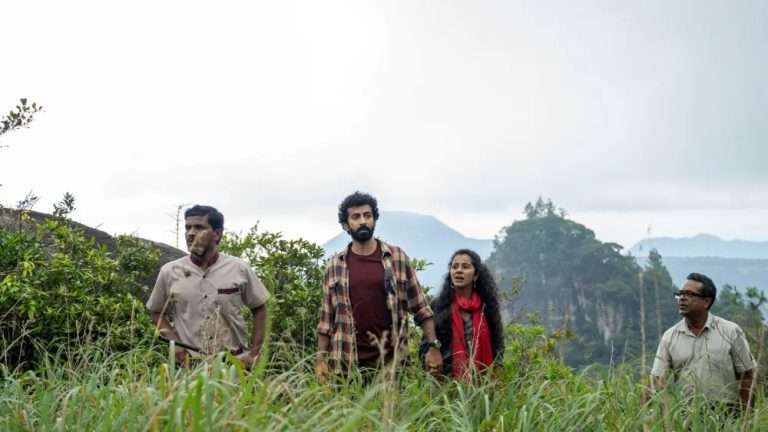
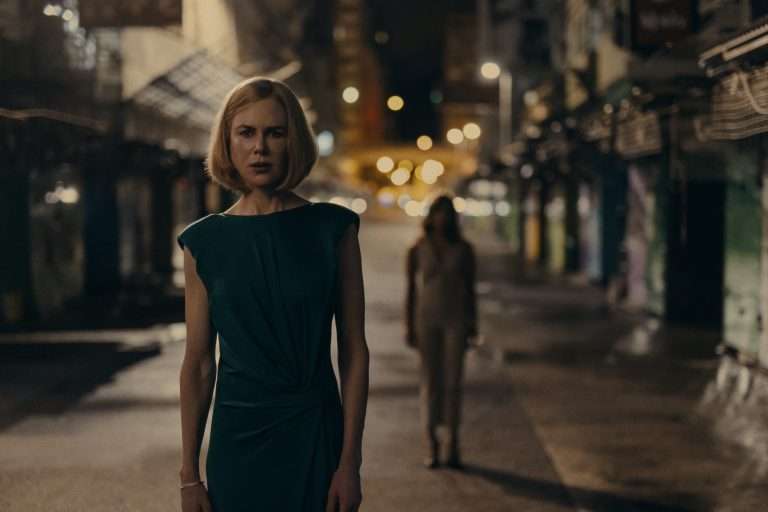
![Brut Force [2022] review : A predictable Noir-thriller](https://79468c92.delivery.rocketcdn.me/wp-content/uploads/2022/04/Brut-Force-2022-768x432.jpg)
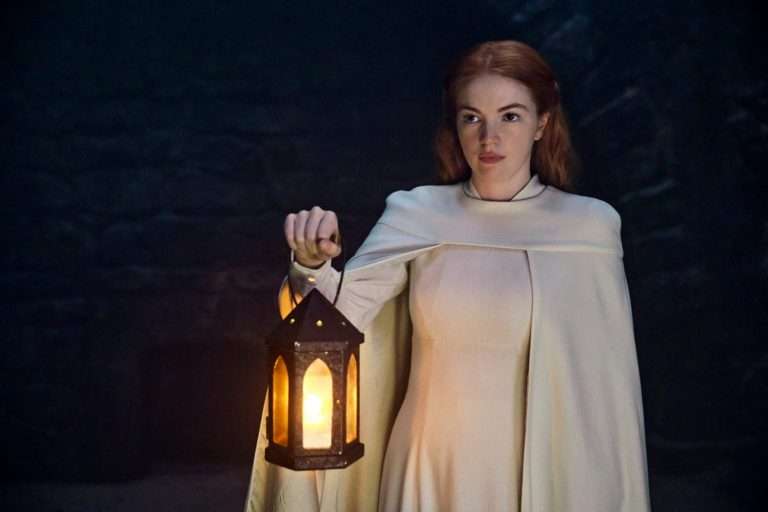
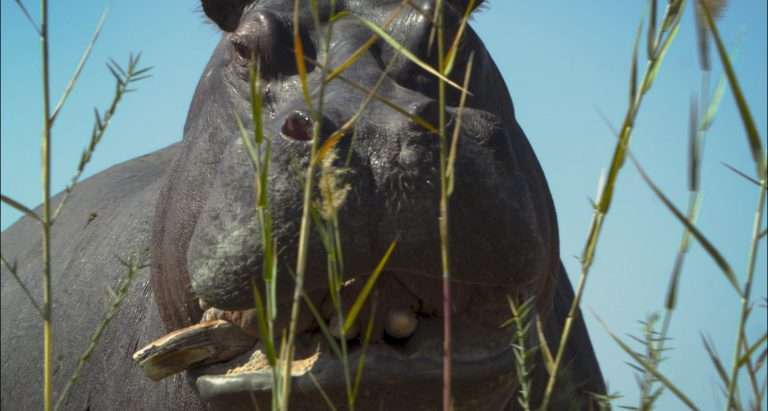
![Gaza Mon Amour [2020]: ‘TIFF’ Review – A unconventionally charming romance amidst police discourse](https://79468c92.delivery.rocketcdn.me/wp-content/uploads/2020/10/Gaza-Mon-Amour-highonfilms-768x384.jpg)